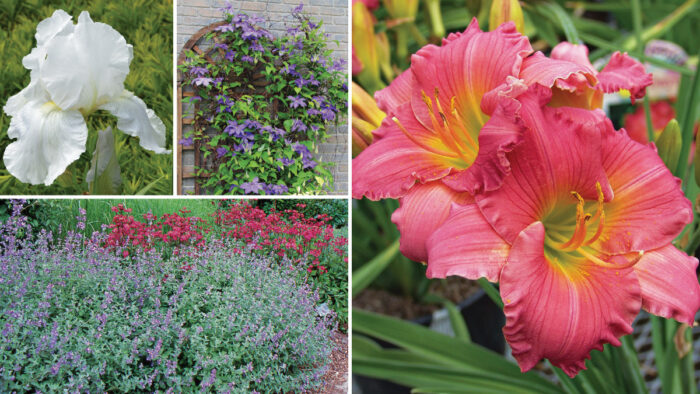
There are many things to consider when selecting a herbaceous perennial plant for the garden. Some slots are for sentimental plantings, like a piece of Grandma’s peony from the family homestead, or perhaps a leafy gift from a friend two moves ago. I certainly have plants like those, but the criteria I generally adhere to for earning a spot in the beds at my home or botanical garden workplace center strictly around ornamental value. As we all know, there are only so many “spots” in the garden and so many minutes in the day, so plant selections that do not steal the show day in and day out are not on my agenda. Multiseason interest is the way to join the club in my beds, and for most perennials, flower power is the ticket.
Many perennials can boast beautiful blooms for weeks on end, but fewer plants have the capacity to have two distinct cycles of bloom. Rebloom can be due to many factors, but two are most important: nature and nurture. In some special cases, plants bloom only in certain conditions that might occur twice in a season, such as those associated with the early and the late parts of the season—cooler temperatures or shorter days. A far greater list of perennials will rebloom if their horticultural management directs it. The most direct route to rebloom in many plants is some well-timed deadheading (before viable seed matures). Of the reblooming plants I have grown, here are a few I feel are worthy of your consideration.
Some amazing plants are just born to rebloom
‘Passionate Returns’ daylily is full of flowers
Name: Hemerocallis ‘Passionate Returns’ (syn. ‘Dynamite Returns’)
Zones: 4–9
Size: 16 to 18 inches tall and wide
Conditions: Full sun to partial shade; average, well-drained soil
Native range: Hybrid
If you are looking for a plant that will rebloom without any help, you might want to start with ‘Passionate Returns’ daylily. It is one of the latest rebloomers from daylily breeder guru Darrel Apps, and he considers this one of his very best. Dr. Apps has spent decades developing small-statured daylilies that provide reliable rebloom and a variety of colors. ‘Passionate Returns’ is a rosy red–flowered selection that features larger, rounder blooms and more robust, persistent foliage. Additionally, this petite clumper has many more buds per scape, giving it serious flower power. The first scapes can be expected in early summer. Though ‘Passionate Returns’ is extremely floriferous in its first showing, it requires no deadheading for a second wave of scapes later in the summer. Its compact nature and low height allow ‘Passionate Returns’ to fit in where many of the larger varieties could not. Daylilies can generally persist in lean soil without any problem; for best performance, though, consider these hungry plants that like it rich. Sadly, daylilies do not provide much in the way of nectar to foragers, but I have seen many native bees collecting pollen from far-protruding anthers. They have no serious insect susceptibilities, but daylily buds are deer candy. If your lot is often visited by these hungry herds, some protection may be a good idea to preserve the flowers of this amazing cultivar.
‘Immortality’ iris reliably rises again when others are finished
Name: Iris × germanica ‘Immortality’
Zones: 3–7
Size: 28 to 30 inches tall and 18 to 24 inches wide
Conditions: Full sun; well-drained soil
Native range: Hybrid
‘Immortality’ iris might be my favorite iris. This is one of the few tall bearded-iris cultivars that reliably rebloom. Tall bearded irises come in with such a show in early summer but then seem to disappear for the rest of the season. I have grown many impetuous dwarf bearded varieties that bloom earlier in the season and reliably throw additional scapes, but very few of the big boys do. ‘Immortality’ does. In early summer, scapes emerge holding delicate, lilac-touched buds that unfurl into clear, sparkling white blossoms with butter yellow beards. These angelic blooms also produce a delicate yet heavenly fragrance somewhat reminiscent of cotton candy. Then in early autumn, when irises are all but forgotten, ‘Immortality’ reblooms with absolute certainty. In the summer break, removing past scapes is advantageous in helping the plant conserve energy but is not necessary for rebloom. I have always cropped these spent stalks, as I find them rather unattractive. Generally speaking, bearded irises prefer well-drained soils; they become stressed and susceptible to rot when grown in soggy sites. Many of these irises show good drought resistance too, but they can develop browning at the leaf tips if the drought is prolonged or paired with high temps. Thankfully, this is primarily a cosmetic issue and can be cleared with careful snips. One pest plagues bearded irises, the iris borer, but it can be kept at bay with diligent cleanup and disposal of spent growth. Before I met this cultivar, I had written tall bearded irises off, after the additional toils of fighting these bugs. The value of reblooming ‘Immortality’ turned my perception around, as its presence in the garden is well worth every little bit of extra effort.
‘The President’ clematis offers big flowers in multiple waves
Name: Clematis ‘The President’
Zones: 4–8
Size: 8 to 10 feet tall and 2 feet wide but trainable
Conditions: Full sun to partial shade; moist, cool soil
Native range: Hybrid
I wish I had more spaces to showcase the beautiful species and cultivars of clematis (Clematis spp. and cvs., Zones 4–9). One of my favorites, ‘Jackmanii’, has been the base for breeding many other beautiful cultivars in the purple color class. And yes, you guessed it—some rebloom! One I discovered in my nursery days was ‘The President’, an early, large-flowered (up to 7 inches wide) selection that produces sumptuous, single violet flowers with a red-purple midrib. This beautiful color combination allows for planting versatility, as it pairs with both cool blue and warm red tones. Expect these flowers in spring on old growth, with additional bloom in late summer on the new stems. It is important to know the flowering biology of your clematis—that is, from what type of stem stock they bloom (class 1, 2, or 3; this one is class 2). As semi-woody vines, buds can have formed the previous season on old growth or the same season on new growth. How sad it would be to discover that inadvertent bud pruning rendered your plants bloomless for the season! ‘The President’ will not suffer from some pruning if needed immediately after the first wave of bloom to help guide its climbing. Just don’t wait too long, or you’ll be vetoing your option of bud formation for rebloom.
‘Pink Penny’ geranium has a color, habit, and constitution that adapt to many garden settings

Name: Geranium ‘Pink Penny’
Zones: 5–8
Size: 12 to 16 inches tall and 18 to 24 inches wide
Conditions: Full sun to partial shade; average, well-drained soil
Native range: Hybrid
When one thinks of perennial geraniums, I’m sure Rozanne (Geranium ‘Gerwat’, Zones 5–8) comes to mind rather quickly. I have discovered that it is just one of many long-blooming geraniums, and there is another out there I especially adore: ‘Pink Penny’. This cultivar forms a low-spreading mound with white-patterned foliage. Its sprawling habit is highly utilitarian because it fills gaps or molds itself into spaces between other plants. I would not tolerate this from most plants, as I find the habit unruly and unkempt, but the fantastic adaptability of ‘Pink Penny’ to different garden conditions is excellent (though it does not love excessive moisture), and it can flower for months on end. This undemanding perennial makes an entrance with a profuse display of soft, rose-purple blooms in early summer. The flowers are accented with delicate, dark purple veining. The show dwindles as the heat of summer depresses flower production, only to ramp up for a big finale to usher summer out as temps cool off later in the season. Bearing this in mind, a half-day of sun might be the sweet spot for this selection in warmer zones to help inspire a bountiful encore performance. I find the blossom color of ‘Pink Penny’ a bit easier to mix into a design, whereas those that are more violet to blue, like Rozanne, really demand a cool composition of hues. Generally pest free, this blooming diva is a darling in my garden.
A little nurturing will reward you with more blooms
New Millennium delphiniums shed many of the species’ shortcomings
Name: Delphinium elatum New Millennium series
Zones: 3–7
Size: 4 to 6 feet tall and 2 feet wide
Conditions: Full sun; moist, well-drained soil
Native range: Hybrid
Simply snipping off spent blooms isn’t too much to ask in return for another wave of flowering, and many perennials will oblige. Few perennials are as dramatic as a cobalt-blue delphinium in bloom—or any delphinium! It’s hard to beat a tall blooming masterpiece atop a pedestal of large, jagged, palmate foliage. Dowdeswell’s Delphiniums, of New Zealand, has created the New Millennium series, an improved suite of these wonderful perennials. Through thoughtful hand-pollinations and strict selection practices, these new seed strains derived from Millennium series hybrids have excellent form, strong stems, and a vigorous growth habit. Most specifically, they were selected for their improved tolerance of heat and humidity while retaining their cold hardiness. Historically, the tall, English-style delphiniums are known to have problems with rot and powdery mildew in wet conditions, and they topple like Goliath when the atmosphere throws a breeze their way, so these features of the New Millennium series are all great advancements. And they can easily rebloom! While delphiniums are surely determinate, which means that the primary stem ends its growth with a flowering structure, you can induce lateral branching and numerous, new leaders that will end in an additional wave of aerial arrays. These secondary inflorescences generally carry fewer blooms and do not stand as statuesque as the central bloom, but hey—more flowers are more flowers, right? Simply chop the central spike as the last handful of flowers are still in color, then sit back and wait for the show to start up again. Extreme summer heat may push the rebloom later into the season, as these are definitely plants that prefer to perform when cooler temperatures prevail.
‘Majeste’ pulmonaria is stunning in the shade
Name: Pulmonaria ‘Majeste’
Zones: 3–8
Conditions: Partial to full shade; rich, moist soil
Size: 8 to 10 inches tall and 24 inches wide
Native range: Hybrid
It’s hard to encapsulate the value of a plant such as ‘Majeste’ pulmonaria for the shade. It features basal clumps of 6-inch long, lance-shaped leaves with a showy metallic, silver-gray coloring. Overlaid by a fine pubescence, this fuzz adds to the perceived glow of the shockingly silver leaves, bound by a narrow green trim. But it’s hard to beat the flowers that ‘Majeste’ displays. In spring, inflorescences emerge with what appear to be pink buds, but as they fully open and mature, they transition to a radiant violet-blue. One flower cluster might sport many shades of pink to near-blue, reminiscent of little rainbows over shimmering clouds. When the bloom is all but done, chop those inflorescences to prevent the plant from thinking it has done its reproductive duty. Additionally, I find that the foliage gets a bit ratty by midsummer with its dislike of heat, and I remove it all, expecting a new flush later as well as a second round of bloom in late summer or early fall. Generally speaking, pulmonarias are extremely easy to grow in moist, humusy soil. But they do not tolerate drying out. Their icy foliage seems to melt into a puddle, flattening out like a pancake. If you are lucky enough to discover this fantastic flop in time, a good soaking can revive the plant in a few hours. Pulmonarias are not long-lived perennials, but they do produce offsets that can continue the family legacy as progenitor clumps pass on to the big compost pile in the sky.
‘Caradonna’ offers more-interesting colors than other salvias
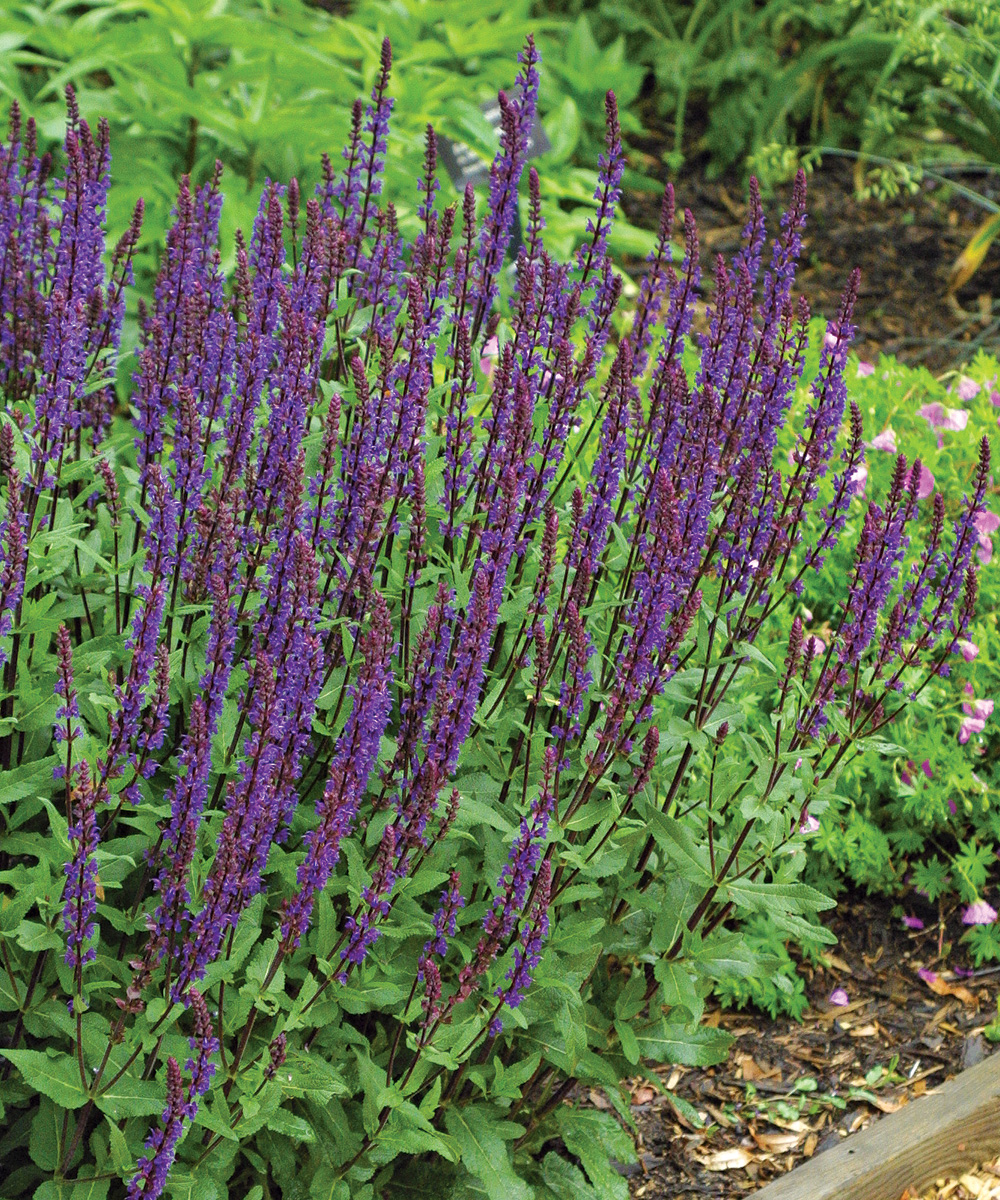
Name: Salvia nemorosa ‘Caradonna’
Zones: 4–9
Size: 12 to 18 inches tall and 24 to 30 inches wide
Conditions: Full sun; lean, well-drained soil
Native range: Central Europe and Western Asia
Salvias (Salvia spp. and cvs., Zones 4–9) are truly reliable and steadfast perennials. A great number of Salvia nemorosa cultivars exist, the most popular being May Night (‘Mainacht’, Zones 4–9), though it is not my favorite of the bunch. To my eye, ‘Caradonna’ salvia carries more distinctive, interesting characteristics, most notably its dark, reddish purple stems. This color overcomes the blue-violet blooms, creating a warmer tone than the tiny individual blooms might suggest. Additionally, these dark stems are structurally interesting, providing a strong and very orderly vertical element. Lateral branching from the primary stems is common and can yield some secondary bloom. For the best show, a swift cutback of the entire plant to about half-height or even down close to the crown (don’t worry—it can take it) will push the plant to produce a later, stronger wave of secondary bloom. Bees and other foragers will thank you, as S. nemorosa flowers are quite attractive to our buzzing compatriots. Like all members of this species, ‘Caradonna’ is quite reliable and long-lived. It is also tolerant of heat and can persist through drought. Lean soil is best, as too much feeding can lead to excessive growth and flopping. Excessive moisture can lead to crown or root rot, and overgrown clumps may suffer from poor air circulation. The one drawback in my book is the smell of crushed or chopped foliage. While many generously describe the fragrance as “aromatic,” it is reminiscent of cat pee. That said, I would not hesitate to recommend ‘Caradonna’ or want to be without it in my garden.
‘Little Titch’ catmint is tough but demure
Name: Nepeta racemosa ‘Little Titch’
Zones: 3–8
Size: 10 inches tall and 12 inches wide
Conditions: Full sun to partial shade; average to dry, well-drained soil
Native range: Caucasus mountains to northern Iran
I do love catmints. Their graceful gray foliage adds a cooling complement in the heat of summer. Some taller cultivars are notorious floppers during and after bloom, but this is where the low, mounding form of ‘Little Titch’ shines. Soft, lavender flowers are borne in profusion on stem terminals in early to midsummer, and like many in the mint family, catmints are excellent plants for attracting foraging insects such as bees and butterflies. Simultaneously, the aromatic oils present in catmint deter hungry herbivores such as deer, sending them in search of sweeter leaves. This petite wonder will rebloom best if given a stiff chop as the flower color fades. Following this haircut, new, clean foliage will emerge and breathe new life into the late summer show. The delicate, demure form of this cultivar is in contrast to its ruggedness and adaptability in hot, dry conditions. It’s well suited for general garden use but also for rock gardens. Like many mints, ‘Little Titch’ would like a little elbow room to avoid fungal issues and associated leaf drop. This is mostly a cosmetic issue. While many catmint cultivars have good value in the garden, I have enjoyed the well-behaved and tidy habit of this miniature variety.
‘Zagreb’ threadleaf coreopsis brings bright color to tough spots
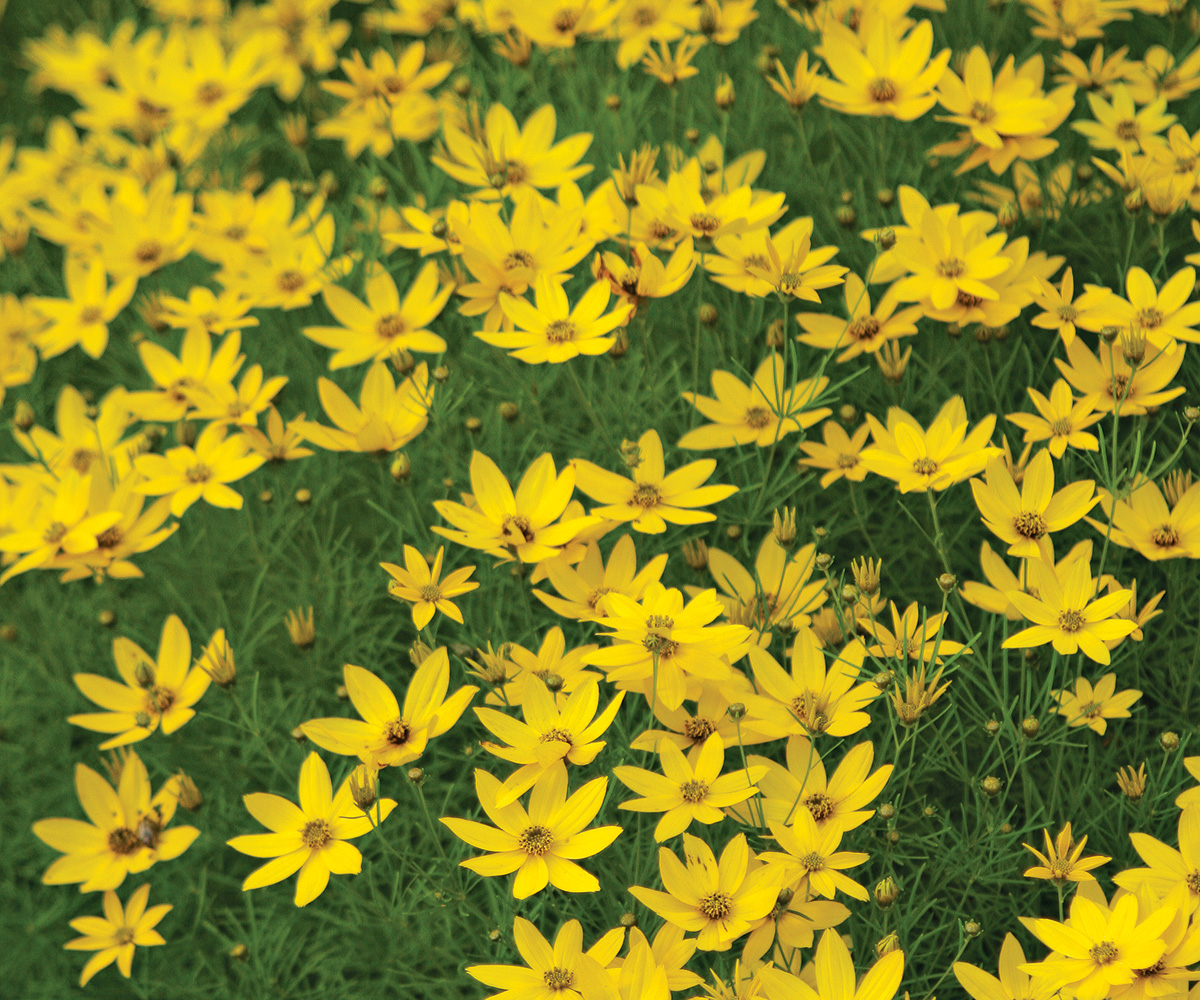
Name: Coreopsis verticillata ‘Zagreb’
Zones: 3–9
Size: 18 to 30 inches tall and wide
Conditions: Full sun to partial shade; average to dry, well-drained soil
Native range: Mid-Atlantic to southeastern United States
Threadleaf coreopsis (Coreopsis verticillata, Zones 3–9) are wonderful, easy-to-grow perennials, and one of the earliest and best cultivars is the canary yellow ‘Zagreb’. While uncountable new hybrids have hit the market in the last decade or so, boasting larger flowers sometimes with multiple colors, few if any can compare in overall garden performance to this standard. ‘Zagreb’ is easily grown in well-drained soil in full sun. It simply thrives in poor, sandy, or rocky soil, standing as a delicate, upright mound that provides distinctive vertical texture while adding softness with its petite, threadlike leaf segments. In midsummer it will be sun-kissed, covered with bright yellow daisylike flowers. Prompt deadheading of the spent flowers can be tedious for a large clump, so to encourage additional bloom, take out the shears and crop the top in mid to late summer to facilitate a fall rebloom. This shearing will also help the plant maintain a dense, upright stature. ‘Zagreb’ can spread somewhat aggressively by adventurous rhizomes, but it is easily divided in spring or fall to maintain the desired size. And while it is tolerant of summer’s heat, humidity, and even drought, overly rich soil with ample moisture will almost assuredly lead to poor performance: at best, floppy foliage; at worst, crown and root rot. But when grown well (by treating it badly), this is a long-lived perennial.
| How To |
Help Your Plants Rebloom
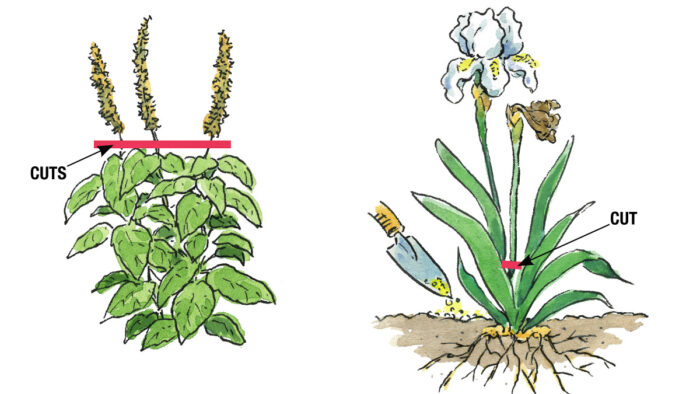
It is important to consider the biological nature of flowering: Plants produce seeds in an attempt to secure another generation. Hormonal signals direct plants to create seed, and chemical feedback tells the plants when this has been achieved. If plants are deprived of the opportunity to “bear fruit,” many will try again.
Go for one big chop (left)
Deadheading is a tried-and-true approach to getting more flowers, but picking spent blooms onesie-twosie can seem like endless work. I prefer to make one big chop when a plant’s bloom is past peak and before seed heads or pods begin to appear and swell. I shear off inflorescences in their entirety. This brings a new flush of foliage and a second wave of flowering.
Remove all spent flowers and provide some nourishment (right)
For a plant, flower production and all the energetically costly materials it produces, such as pollen and nectar (not to mention water and colorful pigments in fancy-flowered hybrids), is a very draining exercise. Seeds with rich endosperm are also quite taxing to produce. Such motivated plants can, over time, run so low on reserve energy they can dwindle and languish, possibly forsaking bloom. Some plants are such heavy seed producers they literally run the tank to empty and kill themselves for the sake of ensuring the next generation. Removing all spent flower stalks can help these plants maintain a sustainable energy reserve. You can also help reblooming perennials sustain themselves with some additional food, in the form of compost or fertilizer, which may help them remain viable and valuable flower producers in your garden for many years.
Daniel Robarts is a horticulturist at Coastal Maine Botanical Gardens in Boothbay, Maine.
Illustrations: Elara Tanguy. Photos, except where noted: millettephotomedia.com
Sources
- American Meadows, Shelburne, VT; 877-309-7333; americanmeadows.com
- Bluestone Perennials, Madison, OH; 800-852-5243; bluestoneperennials.com
- Breck’s, Guilford, IN; 513-354-1512; brecks.com
- Digging Dog Nursery, Albion, CA; 707-937-1130; diggingdog.com
- White Flower Farm, Litchfield, CT; 800-503-9624; whiteflowerfarm.com


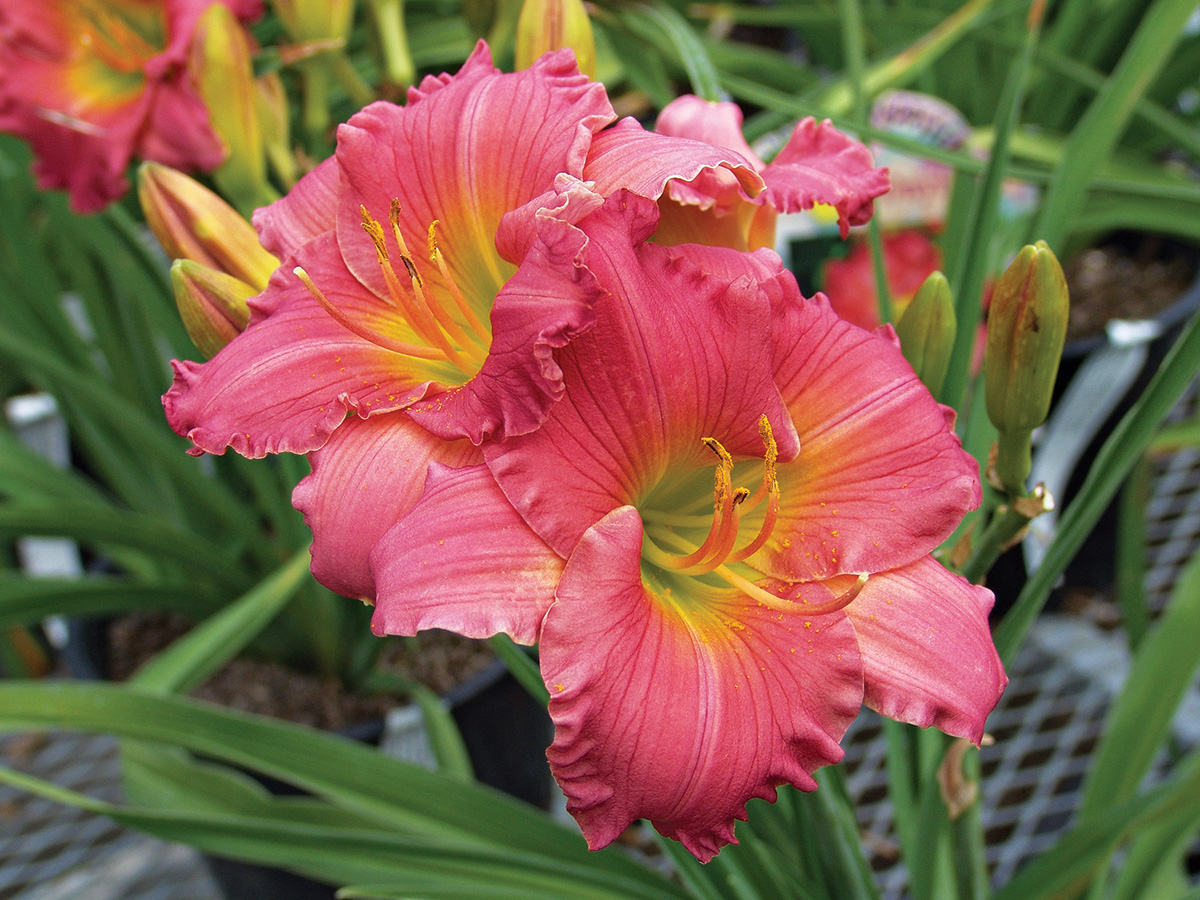
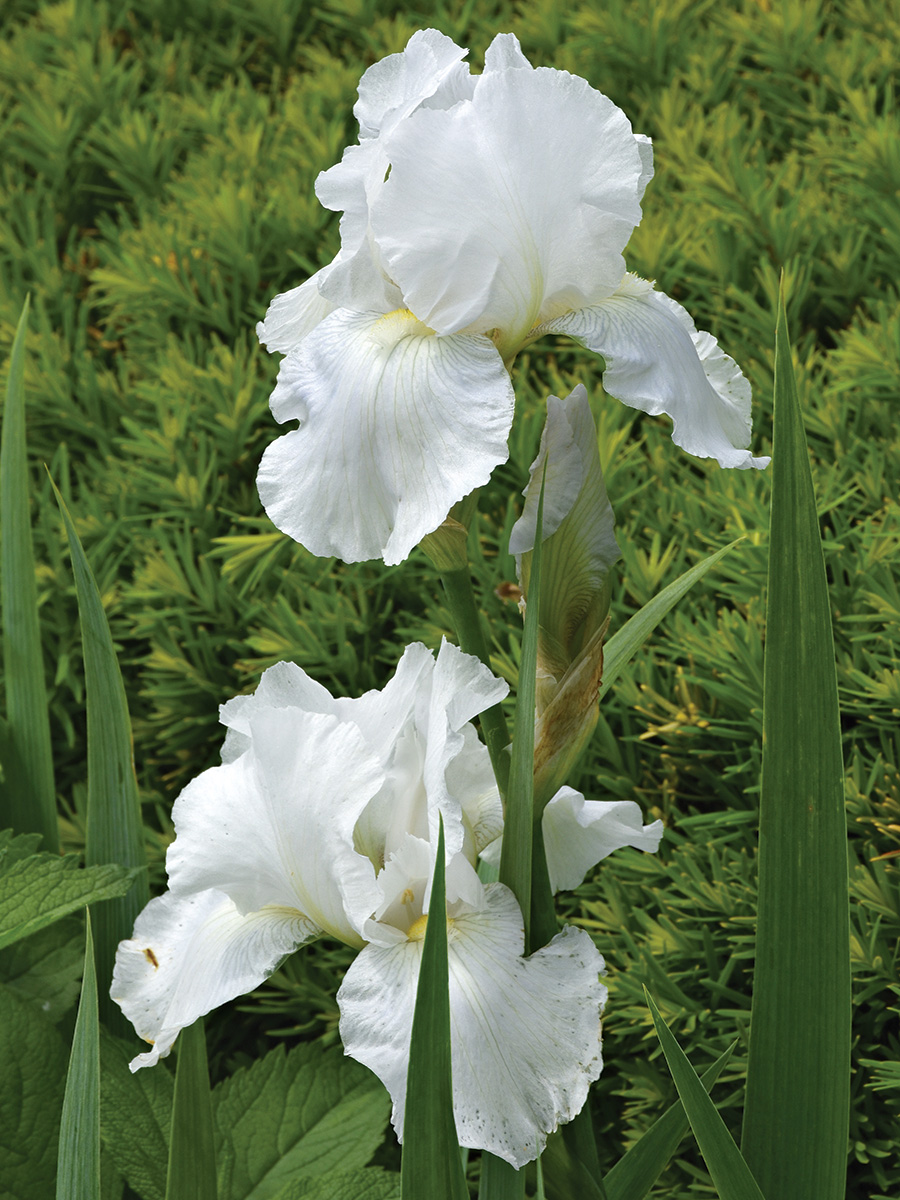
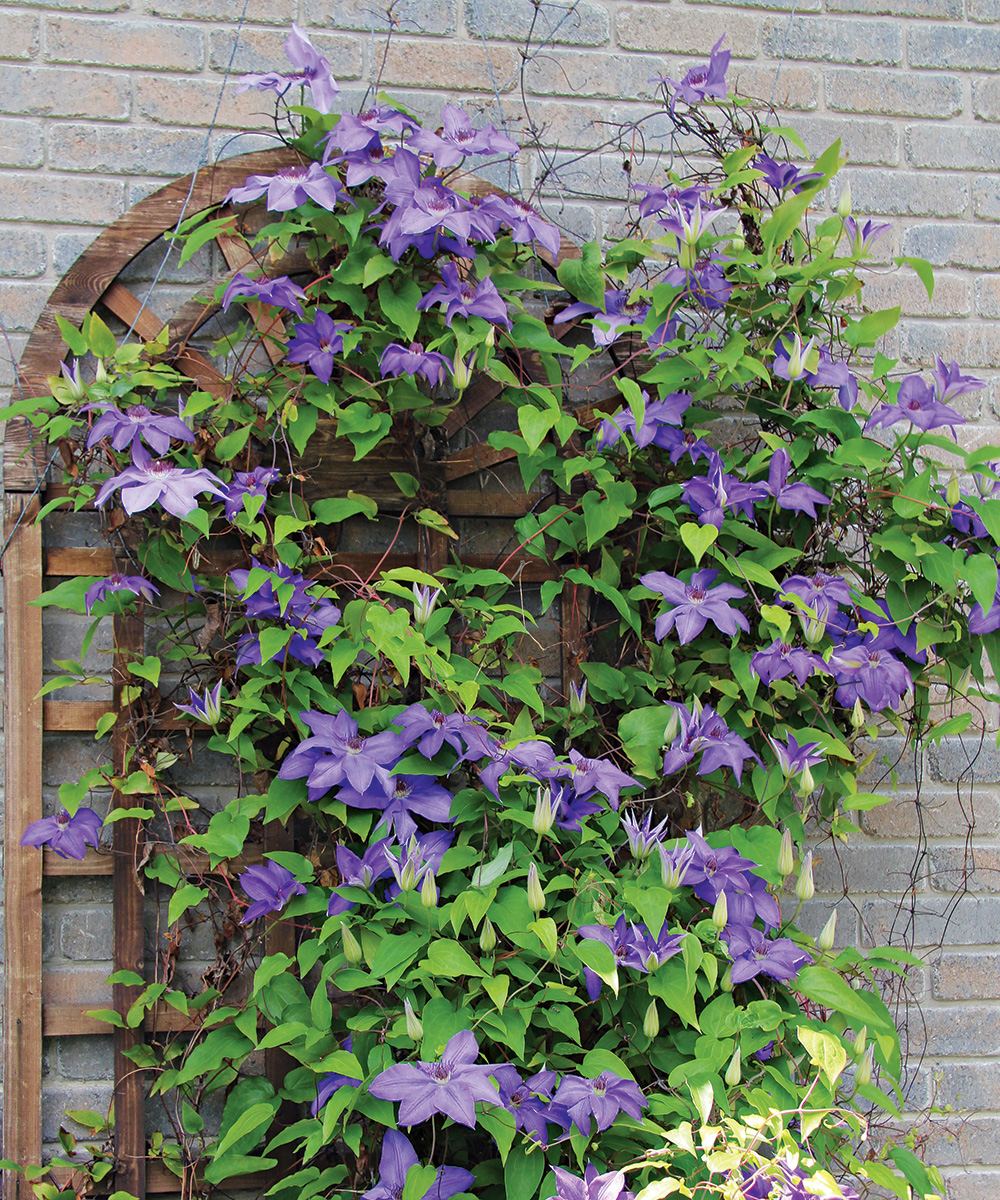

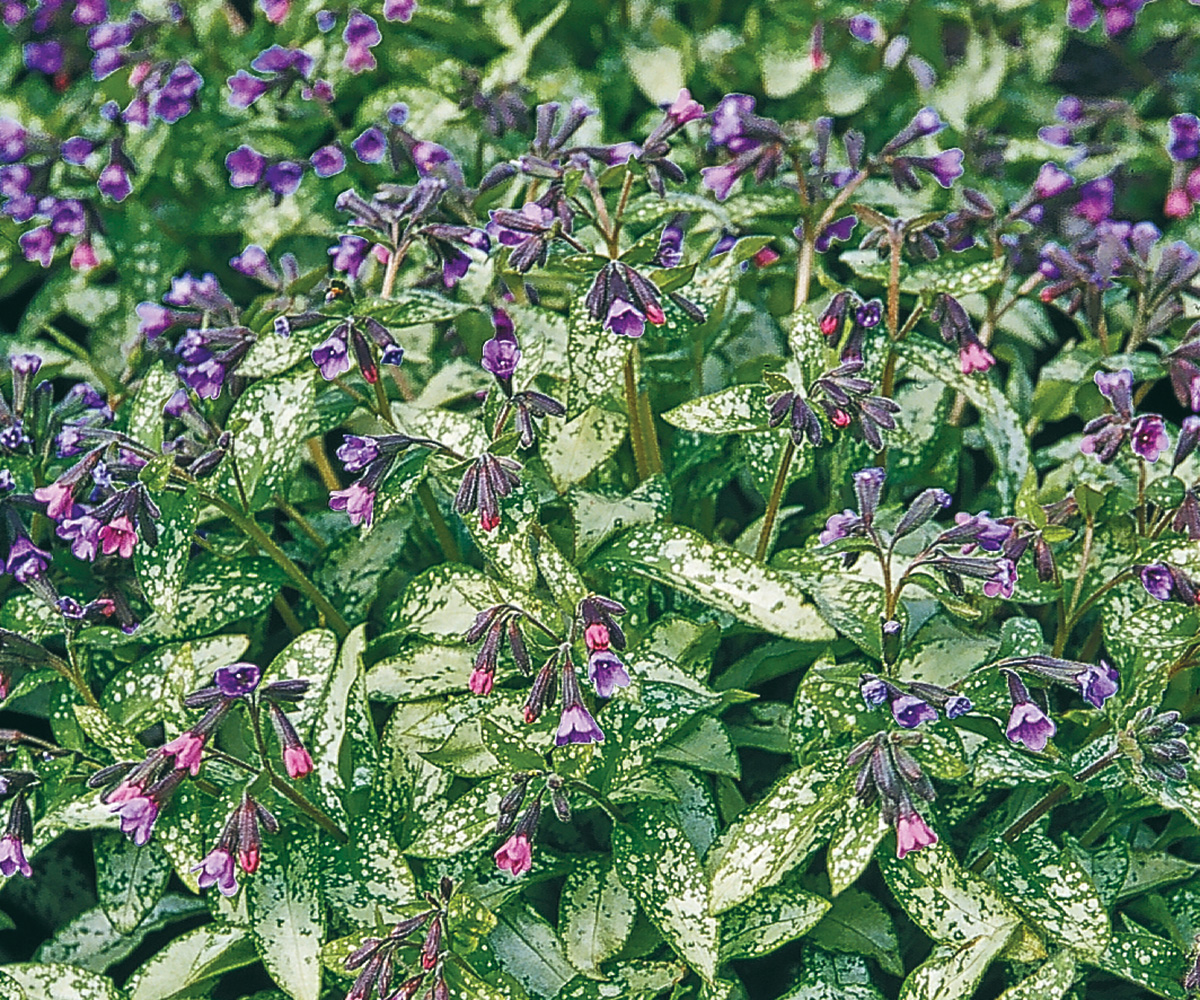
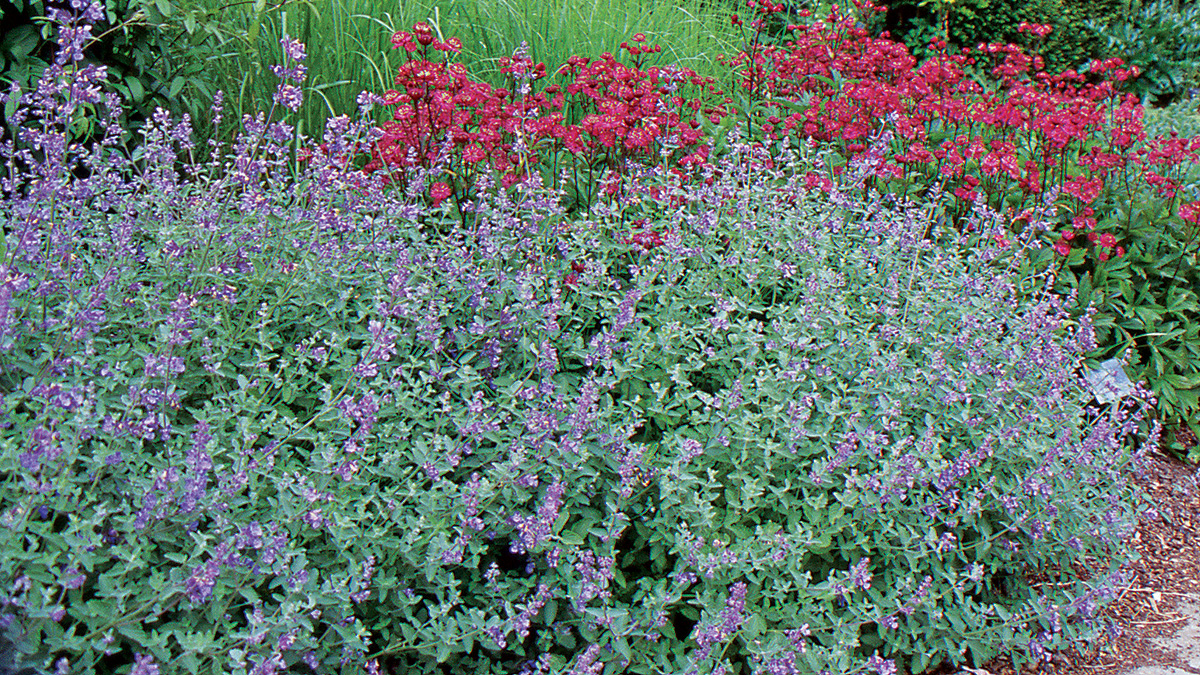
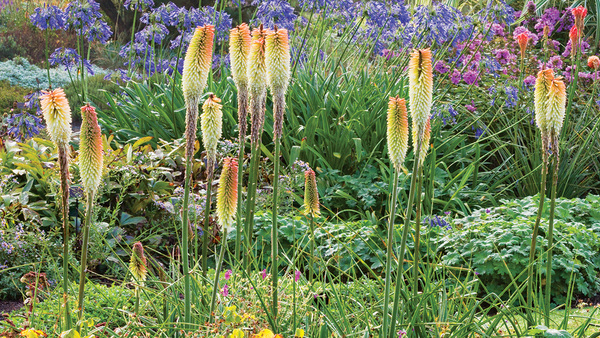















Comments
This particular papers fabulous,nice information...Good blog.
Replica Gucci Handbags Sale
Replica Gucci Bags Store
Yeezy boost 350V2 Shoes
Log in or create an account to post a comment.
Sign up Log in